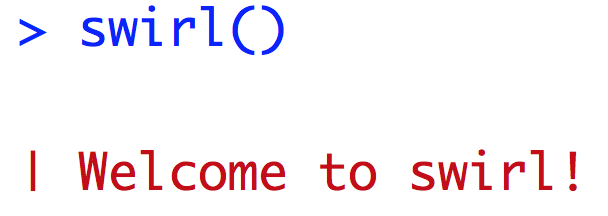Binomial test
Author(s): Stephen Gosnell
Baruch College, City University of New York & PhD Program in Biology, The Graduate Center of the City University of New York
1126 total view(s), 393 download(s)
Binomial_Tests_in_R1.pdf(PDF | 85 KB)
Swirl_Binomial.swc(SWC | 3 KB)
- License terms
Description
Following the lesson, students should be able to
• Download and open swirl package
• Input new course material into swirl
• Conduct out one- and two-sided binomial tests
• Interpret p-values
• Construct and interpret Agresti-Coull confidence intervals for binomial data
This swirl resource was used following an introduction to binomial tests (slides @ https://docs.google.com/presentation/d/1o0_wbcZ0W_PAeGVmFF_C89jWdJU2htoMoPcVmIV8JPU/present#slide=id.g426b4e3a32_0_0).
I then discussed swirl with students (introductory statistics class who had been been using R for approximately 3 weeks) and had them download and install the package and course (instructions @ https://sites.google.com/view/biostats/lectures/hypothesis-testing-with-the-binomial-distribution). After the swirl lesson students completed an assignment focused on the binomial distribution (https://docs.google.com/document/d/15Dk906z8L_pW9ySj9hIpRfwUdtI0L37Yx1IA7cmxZtg/edit
). Note the full lesson (slides, assignments) also included a Bayesian perspective and introduction to ggplot2 that were not part of the swirl course. These can be removed if focus is solely on traditional binomial analysis.
Swirl lesson required ~ 25 minutes. Pre-swirl lecture required ~1.5 hr and post-swirl worksheet required ~ 1 hr. Removing extra (Bayesian and ggplot2) material should reduce lecture time to ~ 1 hr and worksheet time to 25 minutes.
Cite this work
Researchers should cite this work as follows:
- Gosnell, S. (2019). Binomial test. Reducing Barriers to Teaching with R in Undergraduate Biology, QUBES Educational Resources. doi:10.25334/Q4WB30
